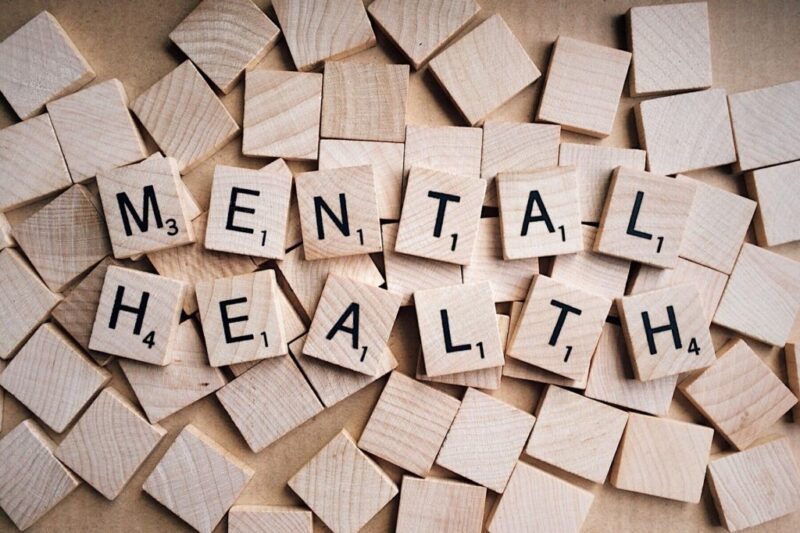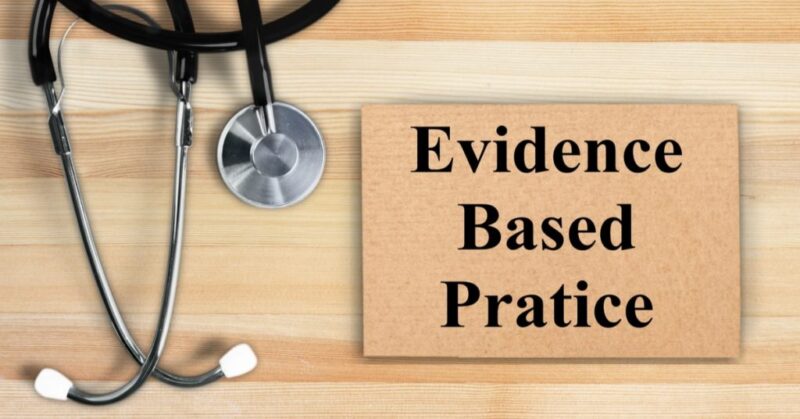Mental health remains a significant national crisis, with unmet patient needs and healthcare spending ranking at the top. There are over 46 million people worldwide who have been diagnosed with bipolar disorder, and 24 million individuals are living with schizophrenia. Moreover, mental health services cost over $280 billion annually, and almost one in five US adults is living with a mental illness.
Mental health practices in the US have undergone significant developments recently, driven by advances in research, changes in public perception, and a growing recognition of mental health’s importance in overall well-being.
In this article, we will explore some of the latest developments, including new treatment options, innovative approaches to therapy, and emerging technologies that are changing the way we approach mental health care.
Whether you are a mental health professional, a patient, or interested in the latest developments in mental health care, this article will provide you with valuable insights into the state of mental health practices in the US today.
Use of Mental Health Practice Management Solution

A mental health practice management solution is software that helps mental health practitioners manage their practices. These solutions are used by psychiatrists, psychologists, social workers, and other mental health professionals. The software helps them manage their time, track patient data, and keep up with regulatory requirements.
Mental health practice management solutions offer many benefits, including:
- Improved client retention rates by streamlining services to meet your client’s needs.
- Reduced costs associated with billing errors.
- Increased revenue through better tracking of billable hours.
Mental health practice management solution providers, like Owl Practice, give you access to your practice data anywhere and on the device of your choice. Whether you are on vacation on a different continent or just not in the office yet, you can stay connected to patient data and provide prompt and efficient care.
Trauma-Informed Care
Trauma-informed care is a way of understanding and responding to the effects of trauma on individuals, families, communities, and systems. Mental health practitioners increasingly recognize the prevalence of trauma and its impact on mental health.
The Medical Republic, in a report, advocates the implementation of a trauma-informed approach in primary care, which includes identifying adverse childhood experiences as well as developing strategies to mitigate potential negative health outcomes.
According to the report, it has been found that as many as 61% of adults have experienced at least one adverse childhood experience before the age of 16, and 10-15% have experienced four or more such experiences (2,7).
Because individuals who have undergone abuse, neglect, or significant household dysfunction often feel shame and keep it secret, it is not surprising that such experiences are not discussed or disclosed to healthcare providers.
Trauma-informed care approaches aim to create a safe and supportive environment that empowers clients by acknowledging the role of past trauma in their lives. This helps them heal more quickly by providing treatment that addresses both present problems as well as historical issues related to previous experiences with violence or abuse.
Increased Attention to Prevention and Early Intervention

The Washington Post notes that according to the American Academy of Child and Adolescent Psychiatry, children diagnosed with the most severe mental health conditions have to wait several years before receiving appropriate treatment. Additionally, the CDC reports that 80% of children and young adults in need of treatment do not have access to specialized mental health providers.
Becoming a mental health counselor, psychologist, or psychiatrist takes several years of training, making it difficult to address this gap quickly. For this reason, organizations like Child Trends are calling for schools and communities to prioritize mental well-being through prevention and early intervention.
The National Institute of Mental Health (NIMH) defines early intervention as “a coordinated system of services that promotes optimal development and helps prevent mental disorders in children and adolescents.” This can happen at any point in a person’s life, from birth through adolescence or young adulthood.
Greater Collaboration with Other Providers
As the healthcare system evolves and integrates more care, mental health practitioners are increasingly working alongside other providers to provide integrated care that addresses both physical and mental health concerns. This can include collaboration with primary care physicians, nurse practitioners, or physician assistants (PAs), who may have more contact with patients than psychiatrists do.
In addition to helping patients manage their physical illnesses and symptoms such as pain or fatigue, these team members also play an important role in providing support for their emotional well-being, helping them cope with stressors such as financial problems or relationship difficulties, which research has shown can help improve overall health outcomes.
Focus on Evidence-Based Practice

Evidence-based practice (EBP) is a way of providing health care that uses the best available research evidence to guide treatment decisions. This means that we base our recommendations for patients on scientific research, not just our own experience or opinion.
Evidence-based practice isn’t just about the research, though. It’s also about how we apply it in our daily work as mental health providers.
Holistic Approaches
You may have heard the term “holistic” used to describe health care that focuses on the whole person rather than just treating symptoms or conditions. In mental health, holistic approaches are becoming more common.
Practitioners recognize that mental health is not just about treating individual symptoms or conditions but about promoting overall wellness and addressing the complex interplay between physical, social, and emotional factors that contribute to mental health.
Holistic approaches can be more effective because they help patients become more aware of how their thoughts affect their feelings and behaviors, which in turn affects their relationships with others as well as themselves. This awareness leads people toward better self-care habits that improve overall wellness over time (and reduce reliance on medications).
Holistic practitioners also tend to offer services such as meditation classes, yoga classes, nutrition counseling sessions where clients learn how foods can affect their moods, massage therapy for stress relief when needed, etcetera.
Conclusion
As you can see, there are many exciting developments in mental health practice. It is a time of great opportunity for those who want to help others with their problems. It is also important to remember that these changes will not happen overnight.
Change takes time and effort, but the benefits of these new approaches are already clear. They offer better care at lower costs while reducing the stigma around mental illness.

